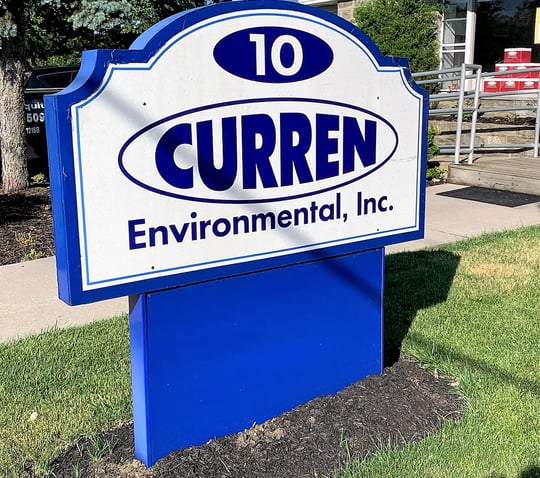What is the difference between a lead-safe and a lead-free certification?
Lead-safe means you have lead paint and it is well maintained and not deteriorated, flaking, etc. The lead hazard is contained and therefore does not represent an exposure pathway to humans. Lead-free, means you have no lead paint, the property is free of lead paint, and no lead paint hazard exists.
In the United States lead paint was banned in 1978 by the Consumer Products Safety Commission. Consumers could not buy lead paint after 1978, but commercial sites still could. The logic is if it was banned in 1978, homes built after 1978 should be lead-free after that date, but that is not always true. Following the same logic, homes built before 1978 have the potential to contain lead paint.
Lead paint was moisture resistant, dried fast, and wore like well lead, so lead paint had attributes anyone painting would find desirable.
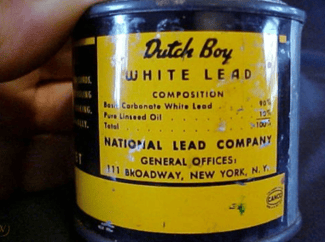
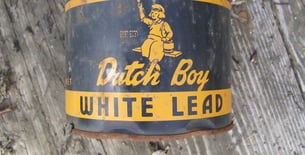
EPA & HUD attempted to manage the risk of lead paint and established standards and protocols for evaluating lead paint, testing lead paint, and what to do when lead paint is found. They learned that homes have lead paint on everything and even varnishes had lead, so basically pretty much any surface could contain lead. Testing every surface for lead paint is time-consuming and expensive, so protocols were established that had costs in mind as the target housing for lead paint testing. The target was large multi-family rental buildings, causing the owners to incur substantial costs to evaluate for the lead paint on every surface in every room. For example, a typical 3-bedroom home could have 300 lead tests performed.
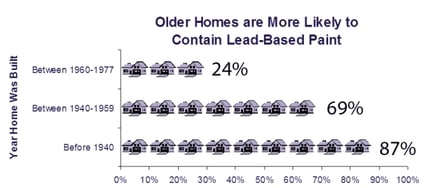
There were also protocols established when lead paint was found and a child living in the home had an elevated lead blood level. The protocol evaluated the child and what they were exposed to at home, outside, and even where family members worked Remember, as was stated early lead was banned for consumers, not commercial uses. This assessment of lead risk was established as a Lead Risk Assessment.
What is a Lead Risk Assessment?
A risk assessment is an on-site investigation to determine the presence, type, severity, and location of lead-based paint hazards, including lead hazards in paint, dust, and soil. The risk assessment provides suggested ways to control them. Risk assessments can be legally performed only by certified risk assessors.
New Jersey has a lead safe law for rental units.
The lead safe law requires a lead risk assessment to be performed to obtain a Lead-Safe certification. The NJ lead inspection does not require testing of painted surfaces as there is the presumption that lead is present. In NJ, some towns require dust sampling to see if lead paint is being liberated even if all painted surfaces look in pristine condition.
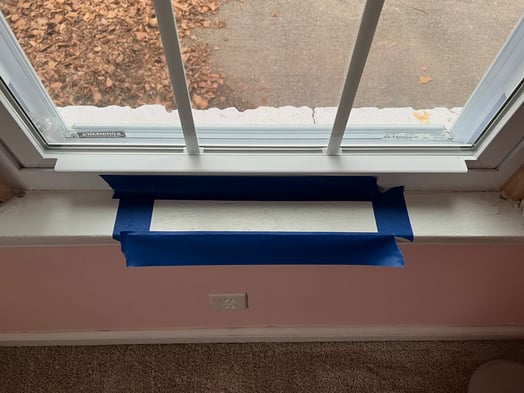 A lead-safe certification is a one-page form developed by NJ for these inspections. There is no HUD or EPA form used even though they are the entities that established the lead evaluation process and New Jersey law relies upon their protocols for their lead safe law, Confusing right?
A lead-safe certification is a one-page form developed by NJ for these inspections. There is no HUD or EPA form used even though they are the entities that established the lead evaluation process and New Jersey law relies upon their protocols for their lead safe law, Confusing right?
There is no universal and clear cut lead-safe certification or requirement to verify that lead is or is not present. The New Jersey laws assume the paint is guilty aka it has lead.
Now everyone values freedom of choice and landlords subject to New Jersey lead-safe law may want testing of painted surfaces to confirm or deny lead is present and if lead is not found to obtain a lead-free certification. But EPA and HUD have no form or certificate that can be filled out to certify a building as lead-free.
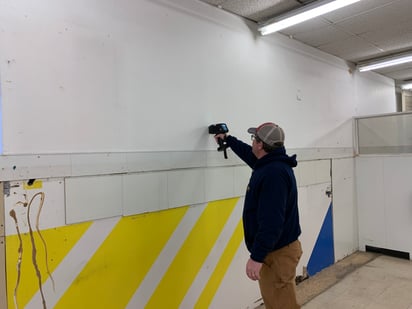
So what is a lead-free certification?
A lead-free certification is actually a report that is compiled after a Lead Paint Inspection is performed, saying that documents all surfaces were tested for lead and no lead was found. The report includes all test results and calibration of testing equipment to verify the results are accurate and a floor plan of the building detailing the sampling identification results for each room. The report is a road map of the dwelling showing where and what was tested and the test results. The conclusions of the report would be no lead paint was found the dwelling is lead-free.
How do you get a lead-free certification?
You have to complete a lead paint inspection which must be performed by a licensed and certified Lead Paint Inspector. A Lead-Free inspection begins with a visual inspection and a hand-drawn floor plan of the rooms in the building. Once you have the interior of the building outlined, you go test all surfaces with an XRF Gun. This takes hours as you are testing walls, baseboards, window sills, moldings, handrails, doors, inside of closets, stairs, ceiling you name …all fixed painted surfaces.
The lead-free certification process is exhaustive and often times the dwelling fails because even though the owner believes they gutted everything, lead paint is found in an area untouched. If you want to know where we find lead and properties fail for lead-free, call our office.
Monday to Friday
888-301-1050
When lead paint is found and the lead-free certification is out the window, you pivot and perform a lead risk assessment with the intention of obtaining a Lead-Free certification.
